Leaf from a very large copy of the Acta Sanctorum, with a monumental decorated initial ‘T’, in Beneventan minuscule, in Latin, decorated manuscript on parchment.
£16,000.00
Leaf from a very large copy of the Acta Sanctorum, with a monumental decorated initial ‘T’, in Beneventan minuscule, in Latin, decorated manuscript on parchment.
[Italy (probably Monte Cassino), eleventh century].
Single large leaf, with remains of double column of 34 lines in a good and regular Beneventan hand with notably large letters (cf. the eleventh-century Homiliae Capitulares leaf in Quaritch, Bookhands of the Middle
Ages IV: Beneventan Script, 1990, no. 3, and perhaps also no. 8), red rubrics, one very large initial ‘T’ (opening “Temporibus suis maximianus imperatores miserunt …”, the opening of the readings for the Passion
of St. Theodore the Martyr, preceded by the end of the “SS. Quattuor Coronati Romae Culti”) formed of a blank parchment T-shape flanked by geometric pane of blank parchment edged with red penwork, all encased in pale green grounds, small remnants of bright yellow paint in places, leaf still in situ around a large pasteboard and so folded around extremities, tears, damage to edges and surface scuffs, small cutting from another Italian thirteenth-century manuscript pasted over upper inner corner, watermark on paper pastedown of this bookboard an anchor in a circle flattened on its lower left hand side and surmounted by a six-pointed star, almost certainly Briquet, no. 478 (recorded Bergamo in 1502, Gurk, Austria in c. 1500 and Graz, Austria,1502), visible area of manuscript: 435 by 285mm.
The present manuscript is the sister leaf of that sold on Bloomsbury’s 2 July 2019 sale as Lot 1, and the publishing of that leaf led to the subsequent rediscovery of this one. The re-emergence of this leaf enables us to see the scale of the decoration of the parent codex, and its survival on a bookboard with a paper pastedown allows us to conclude that the parent manuscript had left Monte Cassino and travelled to
Bergamo on the northernmost border of Italy or one of its neighbour-towns on the other side of the Alps, either
Gurk or Gratz, by 1500/1502 when it was reused on a binding.
Like its sister leaf, this is a large and fine example of early Beneventan minuscule, the strange and visually confounding Dark Age script formed from curling letterforms, broken lines and reliance on early medieval
abbreviations, but what is of especial note here is its large Romanesque initial. This initial stands quite apart from the long and thin initials encased within whip-like vines more common in Beneventan books (see those on a Missal leaf in Quaritch, Bookhands of the Middle Ages, IV: Beneventan Script, 1990, no. 8, reproduced in colour at front and with item). Certain features, such as the small circular
leaf curls found halfway around the body of the foliate finials at its terminations, are found elsewhere in Beneventan decoration (see Avril and Załuska, Manuscrits enluminés d’origine Italienne, I, 1980, no. 31),
however, the initial here is notably heavier and more Romanesque than those models. Its closest parallels are found in the contemporary Italian book arts outside of Beneventan productions, in the Italian reinventions of the Carolingian Tours Bibles that became the Atlantic Bibles in the late eleventh and twelfth century (for the same compartmentalisation within the body of the initial, and the filling of the resulting panels with open intertwined designs, see ibid. nos. 65 and 74, both early twelfth century, and W. Cahn, Romanesque Bible Illumination, fig. 62, for an eleventh-century example in the Hirsau Bible). As such it represents an interesting crossover between the book arts of Monte Cassino and the surrounding centres in Italy.
Be the first to review “Leaf from a very large copy of the Acta Sanctorum, with a monumental decorated initial ‘T’, in Beneventan minuscule, in Latin, decorated manuscript on parchment.” Cancel reply
Product Enquiry
Related products
C12th - C13th manuscripts
Beautiful painted white vine initial, Augustine’s Commentary on John’s Gospel, Italy C12th
C12th - C13th manuscripts
St Augustine on John 17, the High Priestly Prayer on a huge bifolium C12th, Italy
C12th - C13th manuscripts
C14th -C16th manuscripts
C14th -C16th manuscripts
[Pope Boniface] Leaf from Sextus Liber Decretalium – early C14th
C12th - C13th manuscripts
Leaf of Passionale in Latin [Italy, 12th century, first half] Lives of St Felicity and St Clement
C14th -C16th manuscripts
C12th - C13th manuscripts





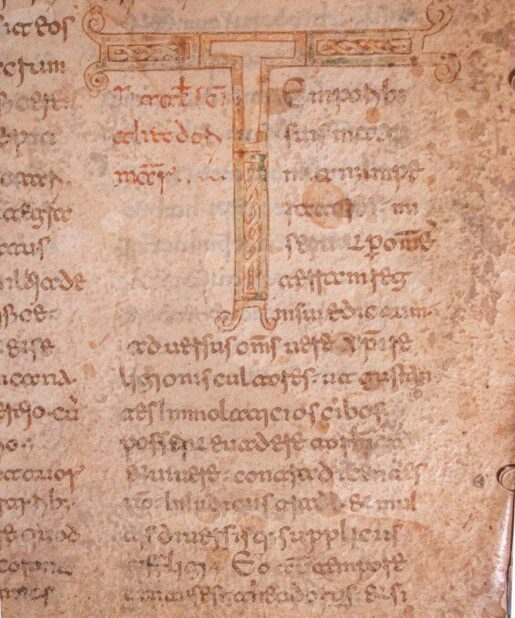

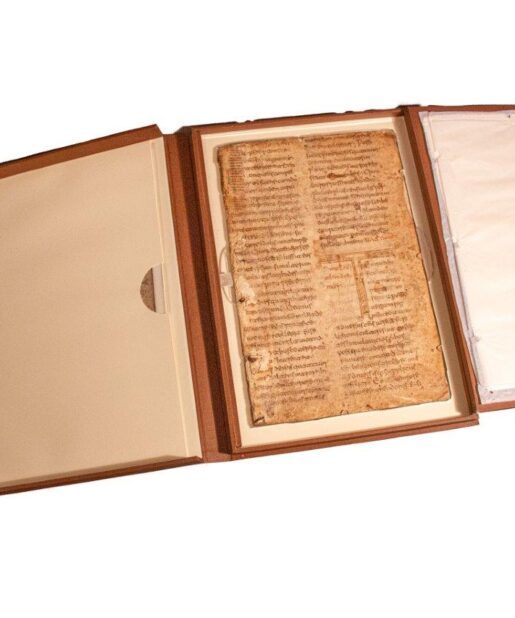
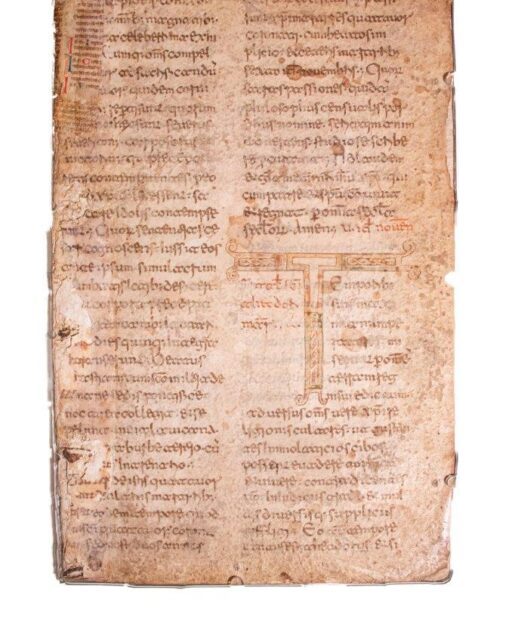
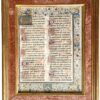
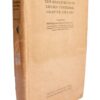
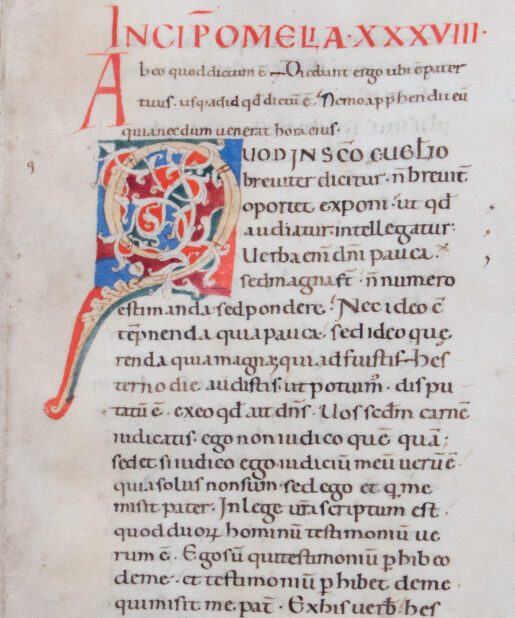
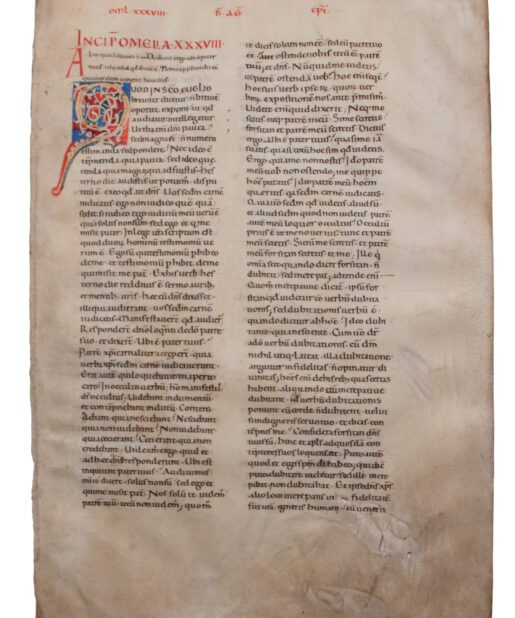
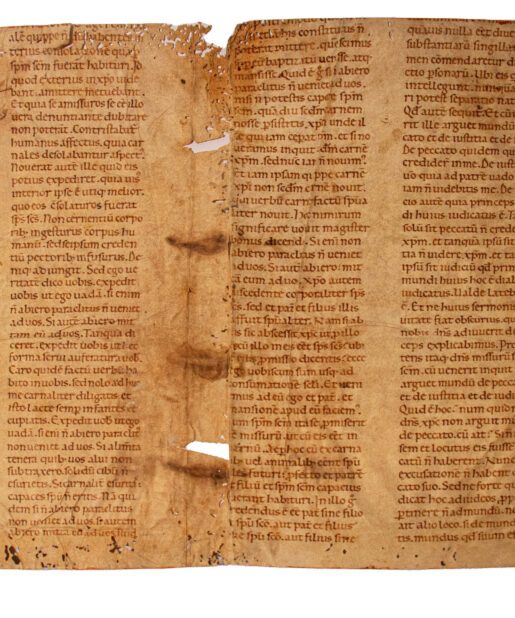
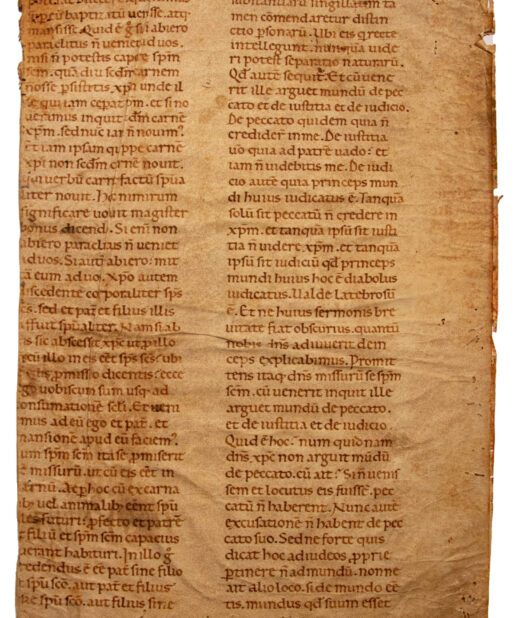
![A fragmentary leaf from a Breviary, in Latin, decorated manuscript on vellum [England or France, mid-12th century] A fragmentary leaf from a Breviary, in Latin, decorated manuscript on vellum [England or France, mid-12th century]](https://butlerrarebooks.co.uk/wp-content/uploads/2024/09/IMG_0292-515x618.jpg)
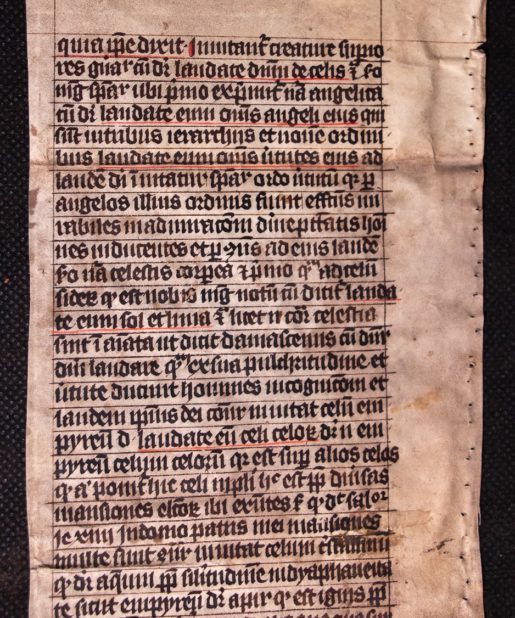
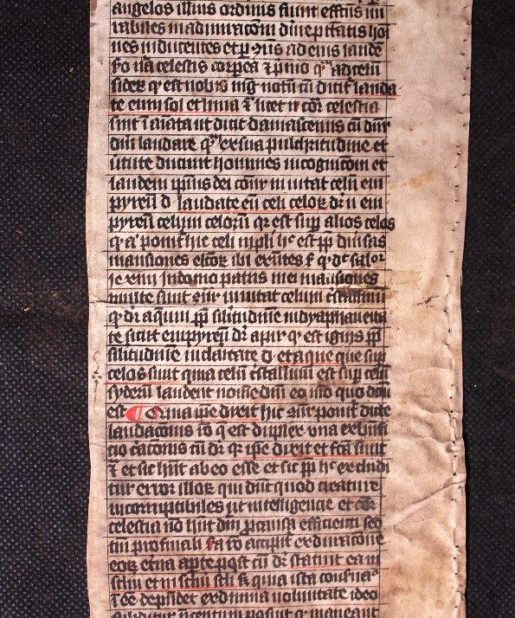
![[Pope Boniface] Leaf from Sextus Liber Decretalium – early C14th [Pope Boniface] Leaf from Sextus Liber Decretalium – early C14th](https://butlerrarebooks.co.uk/wp-content/uploads/2020/07/IMG_4329-515x618.jpg)
![[Pope Boniface] Leaf from Sextus Liber Decretalium – early C14th [Pope Boniface] Leaf from Sextus Liber Decretalium – early C14th](https://butlerrarebooks.co.uk/wp-content/uploads/2020/07/IMG_4328-515x618.jpg)
![Leaf of Passionale in Latin [Italy, 12th century, first half] Lives of St Felicity and St Clement Leaf of Passionale in Latin [Italy, 12th century, first half] Lives of St Felicity and St Clement](https://butlerrarebooks.co.uk/wp-content/uploads/2021/01/IMG_0696-515x618.jpg)
![The Annunciation to Zechariah, on a bifolium from an Antiphonary, in Latin [Germany or Austria, (mid-?)15th century] The Annunciation to Zechariah, on a bifolium from an Antiphonary, in Latin [Germany or Austria, (mid-?)15th century]](https://butlerrarebooks.co.uk/wp-content/uploads/2021/04/IMG_0977-515x618.jpg)
![The Annunciation to Zechariah, on a bifolium from an Antiphonary, in Latin [Germany or Austria, (mid-?)15th century] The Annunciation to Zechariah, on a bifolium from an Antiphonary, in Latin [Germany or Austria, (mid-?)15th century]](https://butlerrarebooks.co.uk/wp-content/uploads/2021/04/IMG_0769-515x618.jpg)
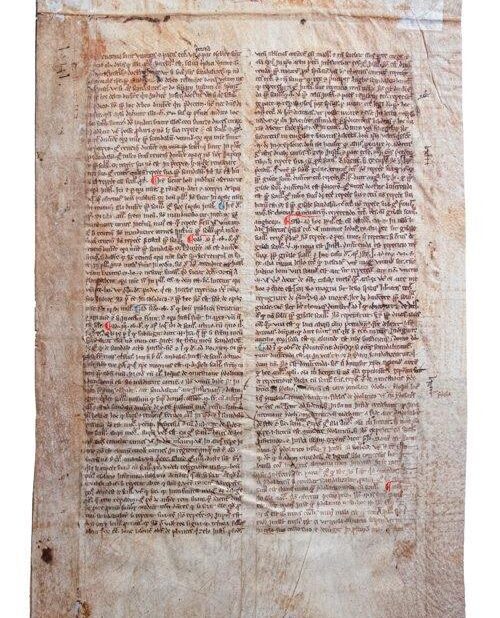
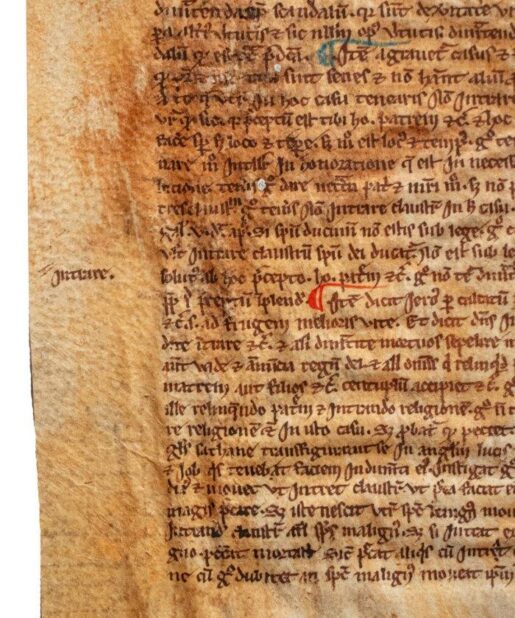
Reviews
There are no reviews yet.